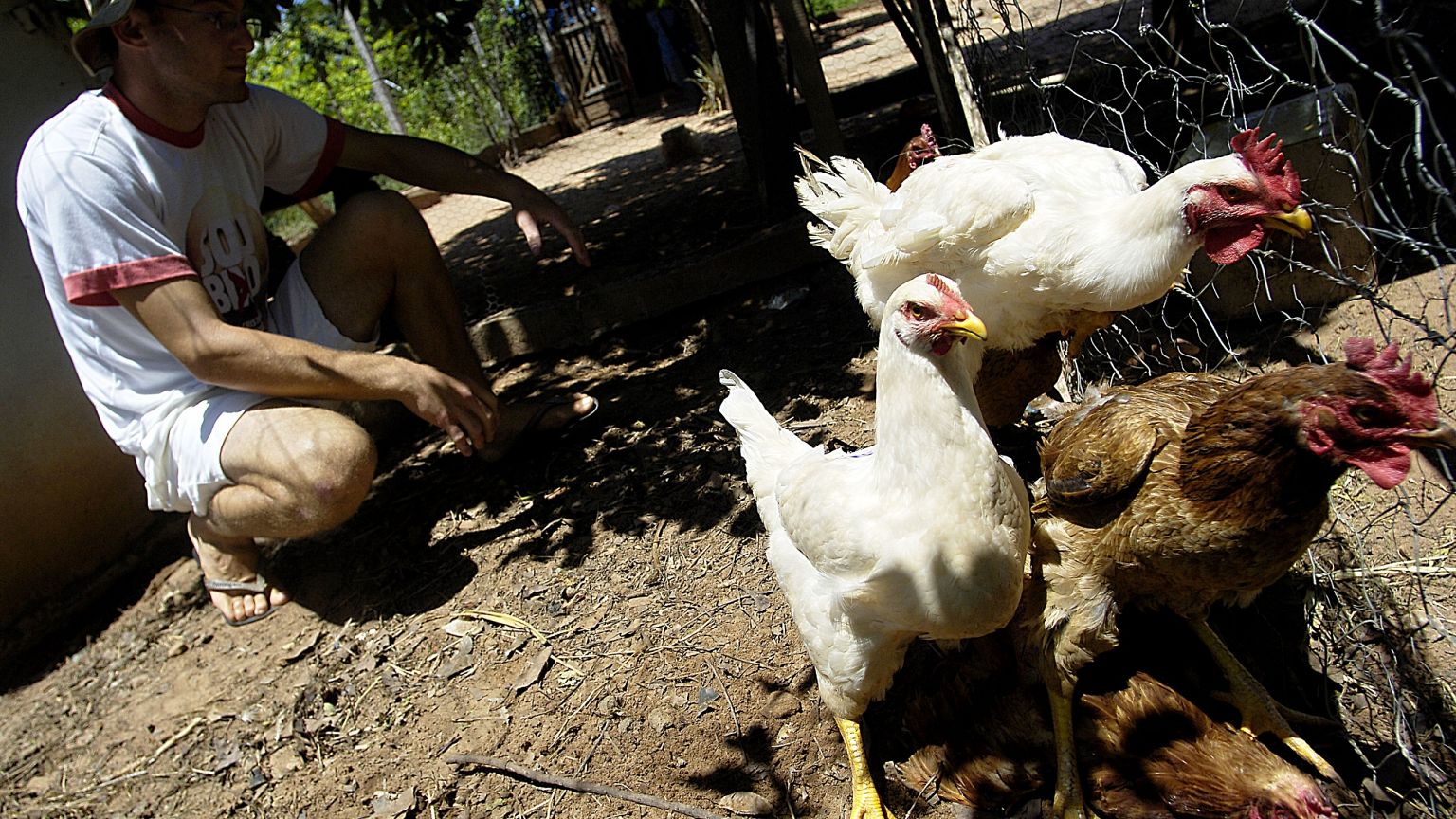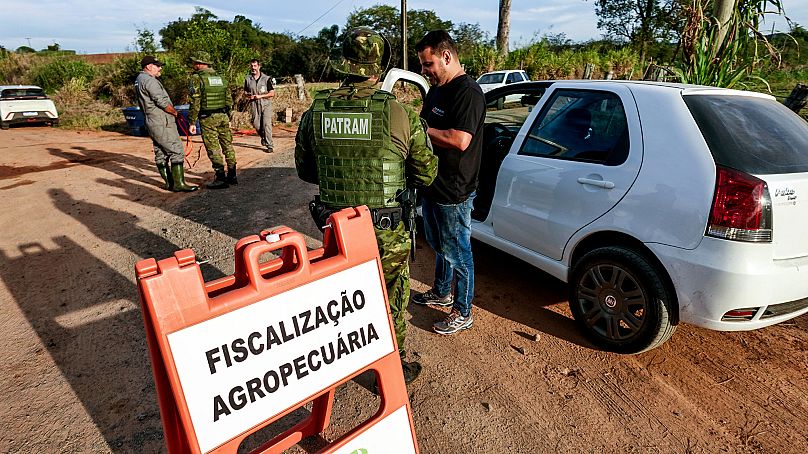The Government’s War on “Backyard” Farms

On the front page of the CDC website is the following headline:
Which then opens into the following:
- Are you ready to give away your chickens?
- Move from the country?
- Wear gloves and a mask when caring for backyard chickens?
- Stop buying eggs from your local farmer
- or, all of the above?
But hold your horses, reading further into the report – here are the numbers:
Out of 330 million people in the USA in 2024, 109 have gotten sick from Salmonella and have some association with backyard poultry this year.
A further dig into the CDC archives reveals that for the past six years, the CDC has conducted successive investigative “reports” on Salmonella outbreaks linked to backyard poultry. In fact, they write numerous articles on the subject each year.
Something fishy is going on here…
A search for poultry and salmonella on the CDC website reveals no such investigations or public reports for commercial poultry operations. There are NO reports for 2024, 2023, 2022, 2021, 2020 or 2019 (the archives stop at 2019).
The CDC estimates that Salmonella bacteria cause about 1 million illnesses, 19,000 hospitalizations, and 380 deaths each year in the U.S
Below are the numbers for salmonella cases linked to backyard poultry, according to the CDC webpages:
An extensive search on the CDC website could not find how many people are sickened by commercial poultry each year.
So I went to various AI services, which spat out answers about risk of transmission and statistics about being sickened backyard poultry. The exact same pablum that I had found on the CDC website.
So, then I went the USDA website, and from there I was able to extrapolate the answer.
Therefore, according to the USDA, 1 million x .23% = 230,000 people are sickened by Salmonella associated with the consumption of chicken and turkey each year.
Out of those 230,000 infected with Salmonella from poultry a year, about a thousand people are sickened from backyard poultry (from the CDC).
THIS MEANS THAT ONE OUT OF EVERY 230 POULTRY-RELATED SALMONELLA CASES IN THE USA IS RELATED TO BACKYARD POULTRY!
One out of 230 salmonella cases, yet the CDC is completely focused on the risk of salmonella associated with backyard poultry in its public messaging and warnings.
You can’t make this stuff up.
But it gets worse; recently, North Carolina State University conducted a study that documented backyard and small farm poultry operations are infected with salmonella at a much lower rate than commercial plants.


So, the CDC’s website has nothing to say about salmonella-related illnesses for the 229,000 people infected from commercial operations, but the website is literally flooded with dire warnings about backyard poultry for the 1067 cases per year infected from backyard flocks.
How could this be anything but intentional?
Of course, the issue of regulatory capture again raises its ugly head.
Who hires someone after they have worked for the CDC? Industry, of course. Does the person who researches the high levels of salmonella in commercial poultry houses get hired?
“As far as making people sick and posing economic threats to the meat and poultry industry, it is at the top, it is the most widespread foodborne pathogen,” said Jonathan Campbell, PhD, extension meat specialist and associate professor of animal science at Pennsylvania State University, in University Park, Pa.
Salmonella is among the most widespread foodborne pathogens in part because there are so many types, referred to as serotypes, said Jasna Kovac, PhD, assistant professor of food safety and food science at Penn State. It also easily moves from animal hosts to people.
“It can survive pretty much everywhere in the environment, but its main harborage is in warm-blooded animals,” she explained.
So, salmonella will always be a risk in our food supply, including salmonella found in plant-based foods. But why has the CDC chosen to go after backyard flocks and small farmers? Of all the health-related news in the United States, why is the minuscule number of people infected from backyard poultry news on their front page year after year after year?
By omitting the true statistics about salmonella infections derived from the commercial poultry sector and highlighting backyard birds, the CDC intentionally misrepresents the danger of salmonella found in commercially produced poultry products. Commercial poultry farming is a big business, so is the CDC protecting that industry by throwing small farmers and homesteaders under the bus?
The government does not like what it can not control or regulate. When we create our own independent food supply networks, this triggers the government.
It is also hard to tax what they can not regulate.
But beyond that, this is a war by our government on personal sovereignty.
Thank you for reading Who is Robert Malone. This post is public so feel free to share it.
On a personal note, we have quite the pea-baby production going on here.
We collect one or two peacock eggs a day, save them up and then place them in the incubator each week. On Sunday, they get put into the brooder area for hatching.
So, far we have three weeks of hatchlings, for a total of 15+/- birds – with eight more due to hatch tomorrow.
Most of the babies will be given away to friends or sold.
(For those that didn’t know it, Jill and I are huge fans of aviculture, and Jill worked at the San Diego Zoo and Wild Animal Park as well as the Brookfield Zoo in the 1980s. So for us, having these amazing avian creatures strolling around the farm is a joy. And as to answer the oft-asked question; no – the noise really doesn’t bother us. The exotic sounds of pea and guinea fowl sing to my soul.
Behold, a just-hatched baby pea.









